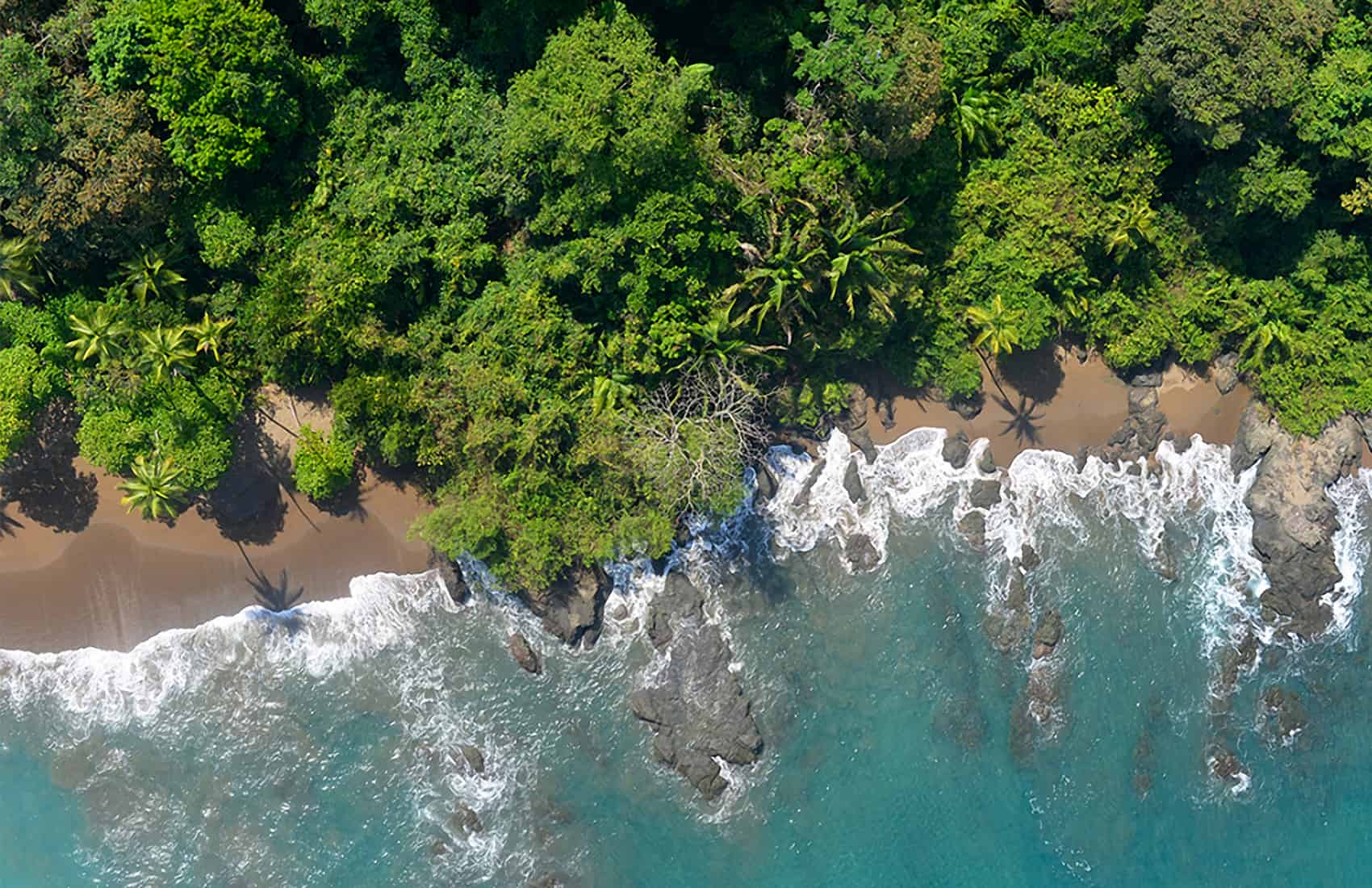Although climate change has not been the main reason for the loss of biodiversity and the deterioration of ecosystems in the last 50 years, it is exacerbating the impacts on nature, and the outlook is not encouraging.
“Climate change is not the most important precursor of biodiversity loss if one compares it with the changes brought about since 1970 by the impact on land and sea use, as well as the impacts of extraction, but we clearly see how climate change is becoming more relevant in recent years and how it will be from now until 2030,” said Sandra Díaz, an Argentinean scientist who served as co-chair of the Global Assessment Report on Biodiversity and Ecosystem Services, which was presented this week by the Intergovernmental Science-Policy Platform on Biological Diversity and Ecosystem Services (IPBES).
The last report of the Intergovernmental Panel of Experts on Climate Change (IPCC) had established a high certainty that humans are behind the global warming since the Industrial Revolution. It is estimated that the average temperature of the Earth has increased by one degree in relation to pre-industrial levels (before 1850).
With this, the frequency and intensity of extreme weather events (such as hurricanes and cyclones) as well as forest fires, floods and droughts have increased in the last 50 years. The average sea level increased between 16 and 21 centimeters since 1900, at a rate of three millimeters per year in the last 20 years.
“According to the observations, the effects are accelerating in marine, terrestrial and freshwater ecosystems and are already affecting agriculture, aquaculture, fisheries and the contributions of nature to people. It is likely that the combined effects of drivers such as climate change, change in land and sea use, overexploitation of resources, pollution and invasive alien species aggravate the negative effects on nature, as has been seen in different ecosystems such as coral reefs, arctic systems and savannas,” says the IPBES report.
If there is an increase of 2 degrees Celsius in the global temperature, 5% of the world’s species would be at risk of extinction, and this percentage would reach 16% in a scenario of a 4.3-degrees Celsius warming. Following the current trend of greenhouse gas emissions, climate models predict between 3.2 and 5.9 degrees Celsius warming above pre-industrial levels by the year 2100.
Coral reefs are particularly vulnerable and, according to IPBES, they are expected to reduce in size to 10-30% of current sizes with a 1.5-degree warming and to less than 1% with a 2-degree warming.
In other words, nature cannot allow a warming higher than 2 degrees and, ideally, it should not exceed even 1.5 degrees, which is consistent with the climate goals established in the Paris Agreement.
The report suggests that humans cannot afford it either, since impacts to biodiversity and ecosystems could cause water and food shortages, among other issues.
What impacts of climate change can we already observe?
According to the IPBES report, researchers have found impacts on the distribution of species, the dynamics of populations, the structure of communities and the function of ecosystems.
For example, the authors estimate that 47% of terrestrial mammals (excluding bats) are threatened, and 23% of the birds at risk of extinction may already have changed their distribution.
At the local level, large population reductions and extinctions are also observed, which indicates “that many species are unable to cope locally with the rapid pace of climate change, either through evolutionary or behavioral processes, and that their survival will also depend on the extent to which they are capable of dispersing, of following the appropriate climatic conditions and of preserving their capacity for evolution.”
In fact, for a global warming of 1.5-2 degrees Celsius, it is projected that most of the ranges of terrestrial species will be dramatically reduced.
Regarding marine systems, fish populations are expected to move toward the poles looking for colder waters, which is why the extinction of local species in the tropics is expected.
“This does not necessarily imply an increase in biodiversity in the polar seas, due to the rapid retreat of sea ice and the greater ocean acidification of cold waters,” the authors wrote in the IPBES report.
Also, new communities are expected to emerge where the species will coexist in historically unknown combinations. Additionally, changes in the limits of the terrestrial biomes are expected in the coming decades, particularly in the boreal, sub-polar and polar regions, as well as in semi-arid environments.
On the coasts — given the increase in extreme weather events, sea level rise and coastal development — an increase in fragmentation and loss of habitats is expected.
It is predicted that coral reefs will suffer dramatically, decreasing their presence by 70-90% with a warming scenario of 1.5 degrees and by more than 99% with one of 2 degrees.

The Tico Times is a member of Latin Clima, a collection of journalists and newsrooms working together to report on climate change throughout Latin America. This story was originally published by Michelle Soto on May 7, 2019. Read the original Spanish version here.






